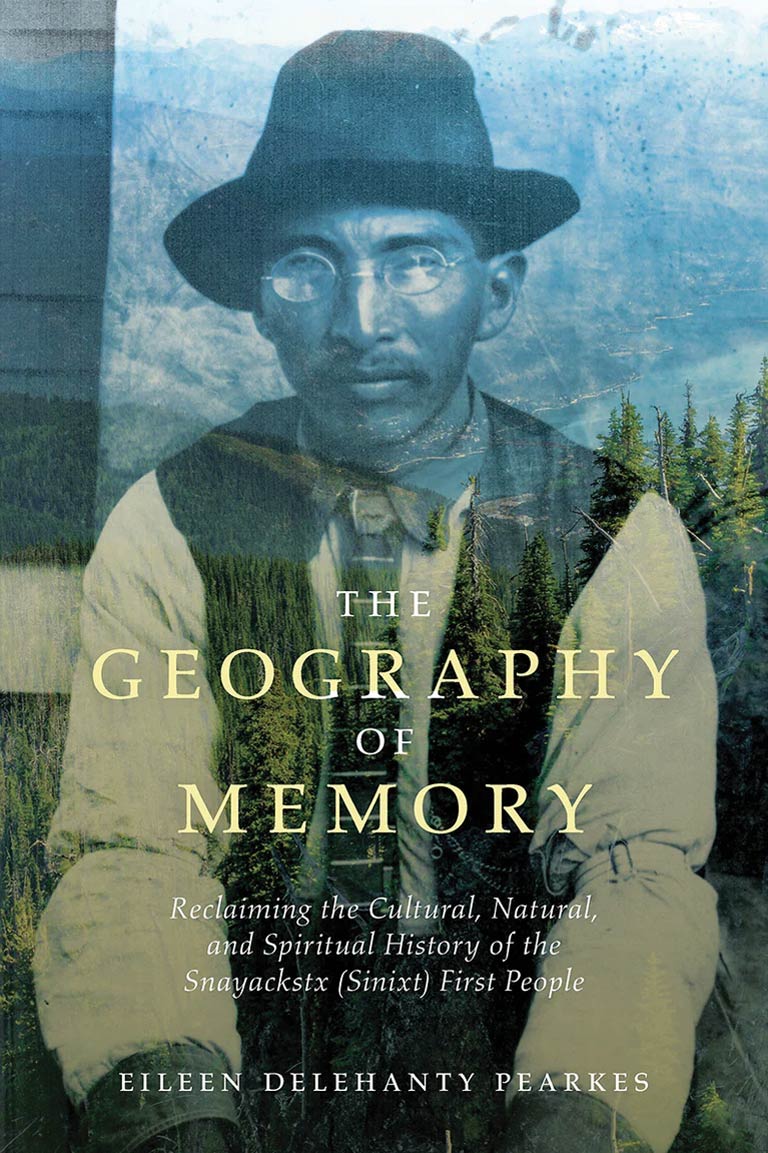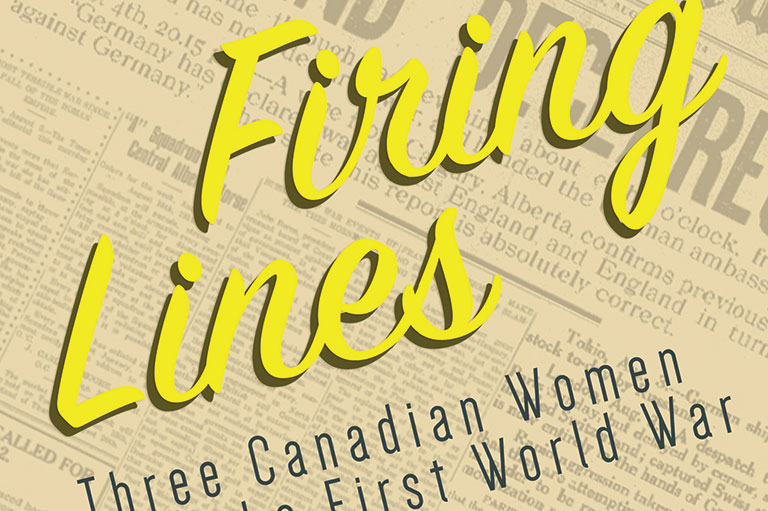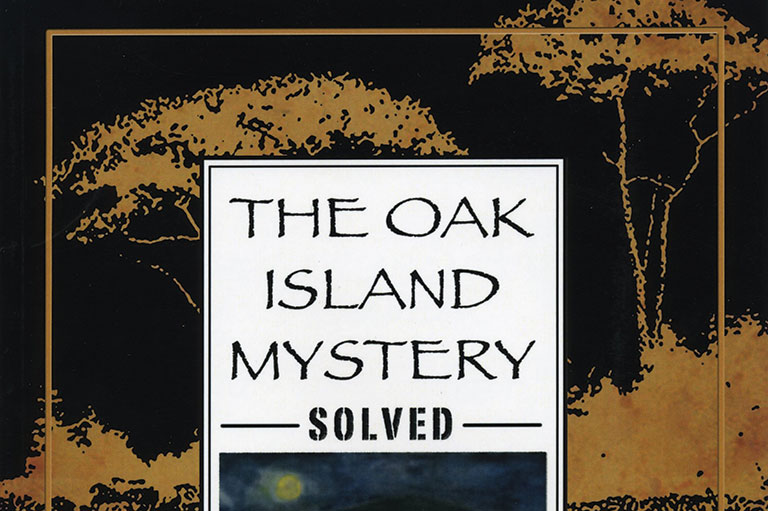The Geography of Memory

The Geography of Memory: Reclaiming the Cultural, Natural and Spiritual History of the Snayackstx (Sinixt) First People
by Eileen Delehanty Pearkes
Rocky Mountain Books
278 pages, $30
In 1956, the Sinixt People were declared “extinct” by the Canadian government. They are, in fact, very muchalive, and The Geography of Memory tells the story of this Interior Salish people whose traditional territory lies along the upper Columbia River in southeastern British Columbia and northeastern Washington State.
Eileen Delehanty Pearkes sees the land as a living museum that teaches us about the people who have inhabited it for thousands of years. Drawing on archaeological sources, she shows the long presence of the Sinixt People in the area. She demonstrates their emphasis on evenly sharing resources by exploring the different ways they use plants, hunt and butcher animals, and prepare and distribute food.
The book also presents stories drawn from oral history. One such story — which can be read as a symbol of larger colonial violence — involves a Sinixt woman named Sophie Green Blanket Feet. Born in 1834, Sophie married a European settler who later abandoned her, taking their two children. In some accounts, he sold her into slavery to another Indigenous person, but she escaped and found her way home. She remarried several times to different settlers, but was killed by her last husband after a visit to one of her estranged children.
Anecdotes involving Elders, Chiefs, activists and researchers that Pearkes has met during more than 30 years of study reveal how the Sinixt continue to maintain their Indigenous identity.
Advertisement
With 7 uniquely curated newsletters to choose from, we have something for everyone.
Canada's History magazine was established in 1920 as The Beaver, a Journal of Progress. In its early years, the magazine focused on Canada's fur trade and life in Northern Canada. While Indigenous people were pictured in the magazine, they were rarely identified, and their stories were told by settlers. Today, Canada's History is raising the voices of First Nations, Métis and Inuit by sharing the stories of their past in their own words.
If you believe that stories of Canada’s Indigenous history should be more widely known, help us do more. Your donation of $10, $25, or whatever amount you like, will allow Canada’s History to share Indigenous stories with readers of all ages, ensuring the widest possible audience can access these stories for free.
Any amount helps, or better yet, start a monthly donation today. Your support makes all the difference. Thank you!
Themes associated with this article
Advertisement
Save as much as 40% off the cover price! 4 issues per year as low as $29.95. Available in print and digital. Tariff-exempt!




